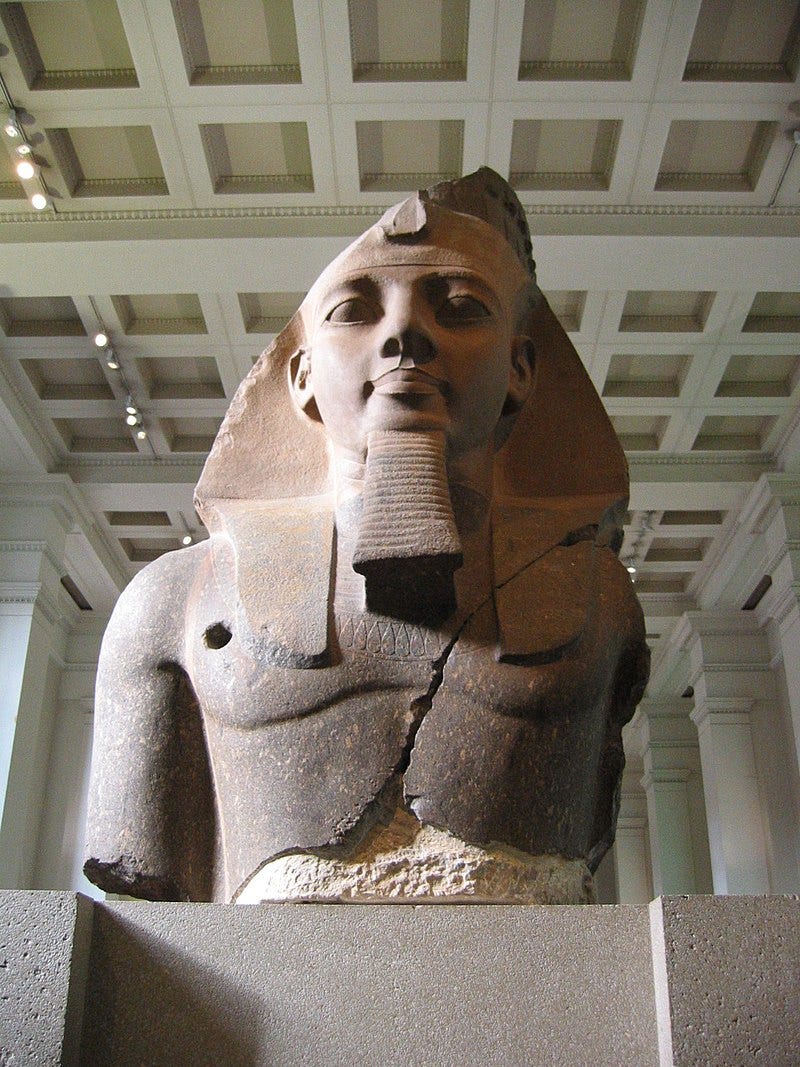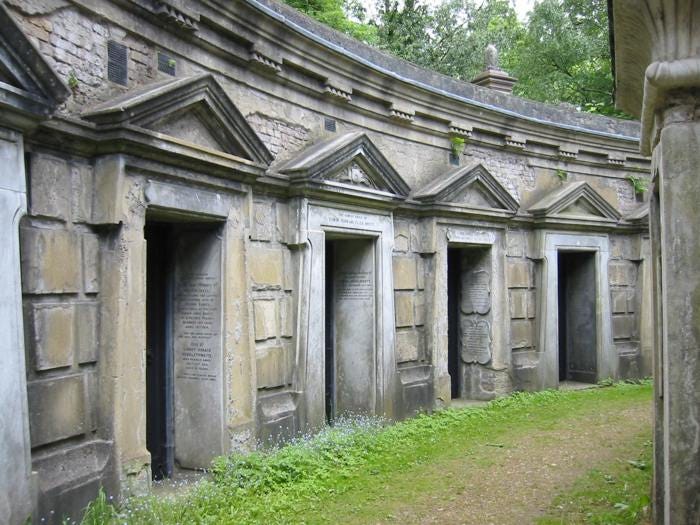London's Ambitious Necropolis: The Pyramid of Death Proposal
Written on
Chapter 1: A Metropolitan Crisis
In the early 1820s, London was facing a significant crisis. With a population exceeding one million, it was the most populous urban center globally, putting immense pressure on municipal services. The death rate was soaring, and cemeteries were at capacity, leaving officials scrambling for solutions.
To address this pressing issue, architect Thomas Wilson proposed an innovative idea: to construct a monumental pyramid capable of accommodating five million coffins, aptly named the Pyramid of Death or the Metropolitan Sepulchre. Although his proposal was not embraced by city officials, many modern urban planners regard it as a visionary solution that could have alleviated several challenges in the years that followed.
The design of this monumental necropolis was inspired by the Great Pyramids of Egypt. But what prompted Wilson's fascination with such Egyptian architecture? Was it a genuine admiration for the ancient civilization, or a reflection of a broader cultural trend of the time? The answer lies in the phenomenon known as "Egyptomania," which captivated 19th-century England.
Section 1.1: The Egyptomania Phenomenon
After the Napoleonic wars, European interest in Egypt surged. Museums and private collections in cities like Paris and London became repositories of ancient Egyptian artifacts. The deciphering of the Rosetta Stone further fueled fascination with Egypt's storied past.
By the mid-19th century, Egyptian styles influenced fashion, art, and even social behaviors in Victorian London. Literature also played a critical role in stoking the flames of this fascination. Percy Shelley's poem "Ozymandias" became a pivotal work that captured the imagination of the public.
In 1817, the British Museum acquired the Younger Memnon, a statue of Pharaoh Ramses II, which would later inspire Shelley. Although the statue did not arrive in London until 1821, its impact was already evident in literary works and public discourse.

Section 1.2: Artistic Inspirations
The visual arts further enriched the cultural landscape. John Martin's painting "The Seventh Plague of Egypt," created in 1823, depicted biblical stories intertwined with the grandeur of ancient Egyptian monuments. These artistic expressions contributed to the public's fascination with mummies and burial customs.
Amidst this cultural backdrop, Thomas Wilson sought to leverage Egypt's architectural wisdom to solve London's burial space crisis.
Chapter 2: The Metropolitan Sepulchre Proposal
To tackle the pressing need for burial space, Wilson envisioned the Metropolitan Sepulchre: a colossal 90-story structure that would dwarf St. Paul’s Cathedral and potentially house up to five million bodies. Covering an area of 18 acres, it promised to free up 1000 acres of cemetery land.
Wilson's ambitious design featured a honeycomb structure of catacombs, each with the capacity for 24 coffins. Given the city's dire need for burial options, this proposal seemed promising. However, it faced numerous obstacles.

Despite Wilson's claims that the project would yield a substantial profit of ten million pounds annually, city officials expressed skepticism regarding the financial projections. However, the primary concern was the proposed location on Primrose Hill, which raised doubts about the land's ability to support such a massive structure.
Public sentiment also played a crucial role; many Londoners found the idea of a giant necropolis unsettling. The preferred model was a garden-style cemetery, which became the trend during the Victorian era. Ultimately, the Highgate Cemetery was established in 1839, leading to the abandonment of Wilson's pyramid scheme.
While London’s Pyramid of Death was inspired by the iconic Pyramids of Giza, it represented a unique chapter in the city's history. Although Thomas Wilson's vision did not materialize, it resonates with the architectural aspirations of ancient civilizations that shaped the future of burial practices.
Interested in exploring more about monumental architecture?
Read the story below.
The Ancient Era’s Da Vinci: The Visionary Behind the First Pyramid
The earliest known polymath was not only an architect but also a doctor, writer, and astronomer.